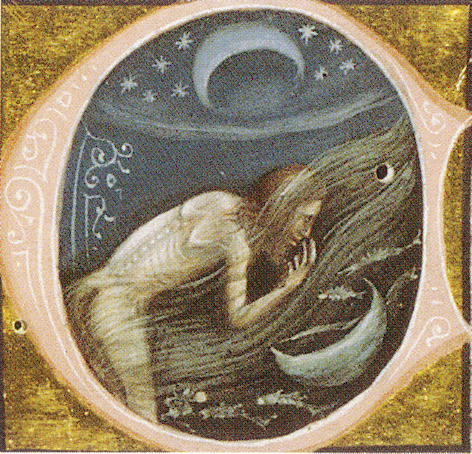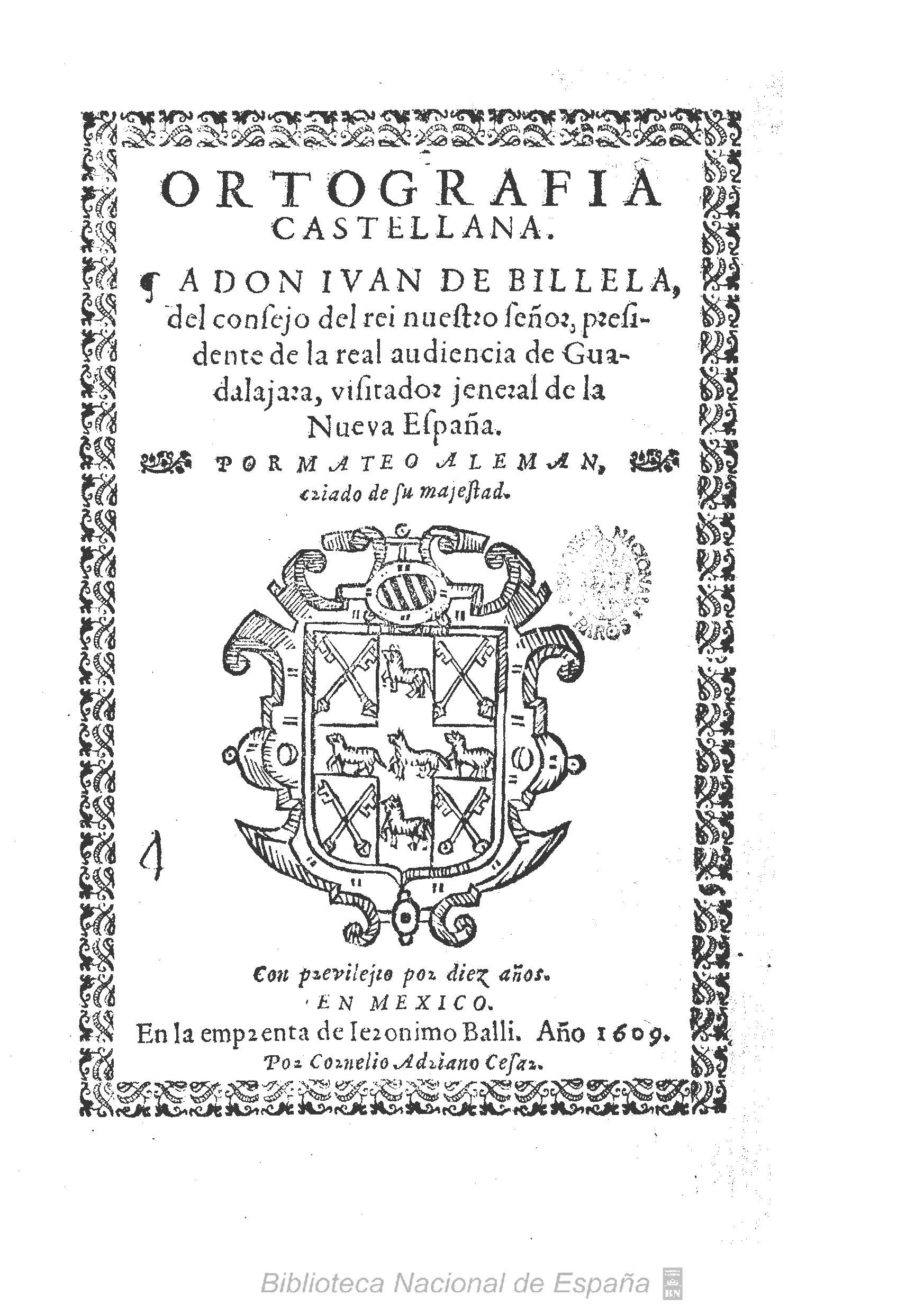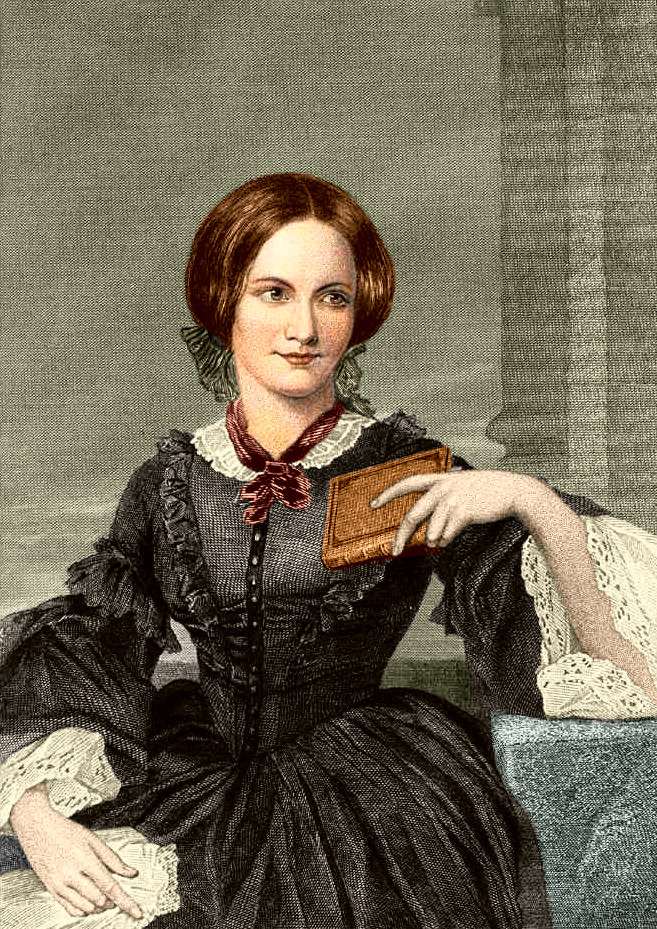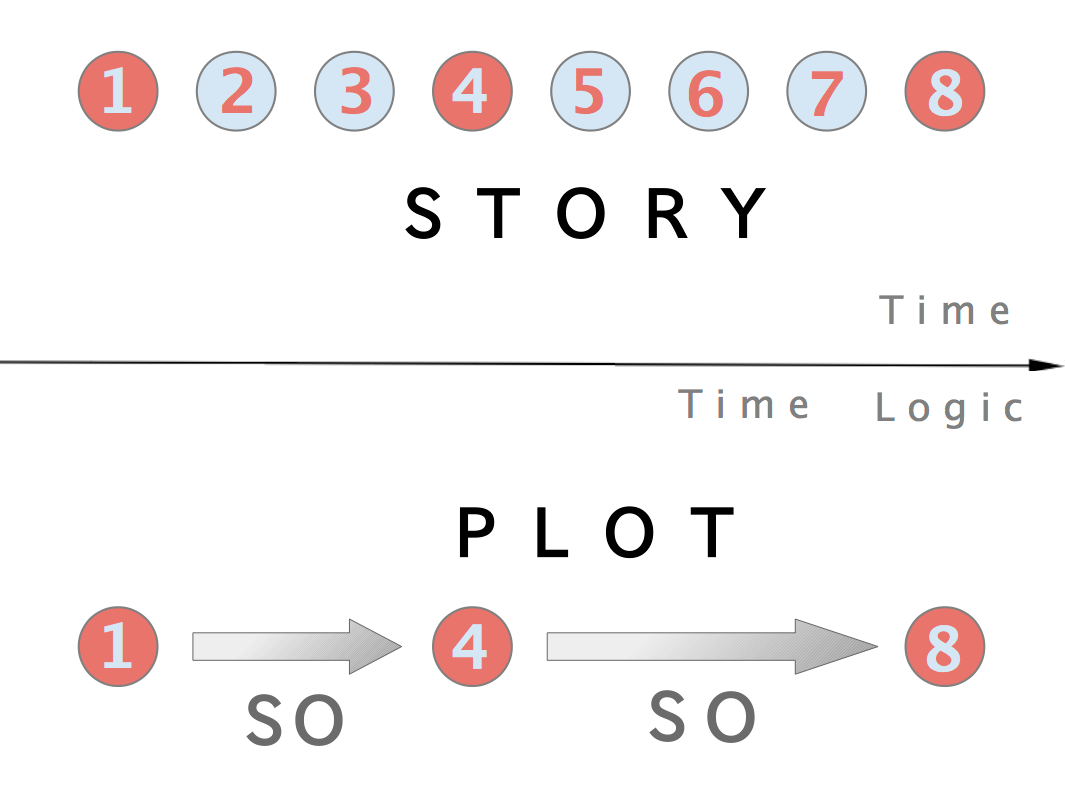|
Picaresque
The picaresque novel (Spanish: ''picaresca'', from ''pícaro'', for ' rogue' or 'rascal') is a genre of prose fiction. It depicts the adventures of a roguish but appealing hero, usually of low social class, who lives by his wits in a corrupt society. Picaresque novels typically adopt the form of "an episodic prose narrative" with a realistic style. There are often some elements of comedy and satire. The picaresque genre began with the Spanish novel ''Lazarillo de Tormes'' (1554), which was published anonymously during the Spanish Golden Age because of its anticlerical content. Literary works from Imperial Rome published during the 1st–2nd century AD, such as ''Satyricon'' by Petronius and ''The Golden Ass'' by Apuleius had a relevant influence on the picaresque genre and are considered predecessors. Other notable early Spanish contributors to the genre included Mateo Alemán's ''Guzmán de Alfarache'' (1599–1604) and Francisco de Quevedo's ''El Buscón'' (1626). Some o ... [...More Info...] [...Related Items...] OR: [Wikipedia] [Google] [Baidu] |
Lazarillo De Tormes
''The Life of Lazarillo de Tormes and of His Fortunes and Adversities'' ( ) is a Spanish novella, published anonymously because of its anticlerical content. It was published simultaneously in three cities in 1554: Alcalá de Henares, Burgos and Antwerp. The Alcalá de Henares edition adds some episodes which were most likely written by a second author. It is most famous as the book establishing the style of the picaresque satirical novel. Summary Lázaro is a boy of humble origins from Salamanca. After his stepfather is accused of thievery, his mother asks a wily blind beggar to take on Lazarillo (little Lázaro) as his apprentice. Lázaro develops his cunning while serving the blind beggar and several other masters, while also learning to take on his father's practice. Table of contents: *Prologue *Chapter* 1: childhood and apprenticeship to a blind man. *Chapter* 2: serving a priest. *Chapter* 3: serving a squire. *Chapter* 4: serving a friar. *Chapter* 5: serving a pard ... [...More Info...] [...Related Items...] OR: [Wikipedia] [Google] [Baidu] |
El Buscón
''El Buscón'' (full title ''Historia de la vida del Buscón, llamado Don Pablos, ejemplo de vagamundos y espejo de tacaños'' (literally: History of the life of the Swindler, called Don Pablos, model for hobos and mirror of misers); translated as ''Paul the Sharper or The Scavenger'' and ''The Swindler'') is a picaresque novel by Francisco de Quevedo. It was written around 1604 (the exact date of completion is not known) and published in 1626 by a press in Zaragoza (without Quevedo's permission), though it had circulated in manuscript form previous to that. Purpose of the work The only novel written by Quevedo, it is presented in the first person singular and chronicles the adventures of Don Pablos, a ''buscón'' or swindler. Pablos sets out in life with two aims: to learn virtue and to become a ''caballero'' (gentleman). He fails miserably in both. ''El Buscón'' has been considered a profound satire on Spanish life, but also as a literary exercise for Quevedo, in that he w ... [...More Info...] [...Related Items...] OR: [Wikipedia] [Google] [Baidu] |
The Golden Ass
The ''Metamorphoses'' of Apuleius, which Augustine of Hippo referred to as ''The Golden Ass'' (Latin: ''Asinus aureus''), is the only ancient Roman novel in Latin to survive in its entirety. The protagonist of the novel is Lucius. At the end of the novel, he is revealed to be from Madauros, Madaurus, the hometown of Apuleius himself. The plot revolves around the protagonist's curiosity (''curiositas'') and insatiable desire to see and practice magic. While trying to perform a spell to transform into a bird, he is accidentally transformed into an donkey, ass. This leads to a long journey, literal and metaphorical, filled with The Golden Ass#Inset stories, inset tales. He finally finds salvation through the intervention of the goddess Isis, whose cult he joins. Origin The date of composition of the ''Metamorphoses'' is uncertain. It has variously been considered by scholars as a youthful work preceding Apuleius' ''Apology'' of 158–159, or as the climax of his literary career, an ... [...More Info...] [...Related Items...] OR: [Wikipedia] [Google] [Baidu] |
Satyricon
The ''Satyricon'', ''Satyricon'' ''liber'' (''The Book of Satyrlike Adventures''), or ''Satyrica'', is a Latin work of fiction believed to have been written by Gaius Petronius in the late 1st century AD, though the manuscript tradition identifies the author as Titus Petronius. The ''Satyricon'' is an example of Menippean satire, which is different from the formal verse satire of Juvenal or Horace. The work contains a mixture of prose and verse (commonly known as ); serious and comic elements; and erotic and decadent passages. As with ''The Golden Ass'' by Apuleius (also called the ''Metamorphoses''), classical scholars often describe it as a Roman novel, without necessarily implying continuity with the modern literary form. The surviving sections of the original (much longer) text detail the bizarre exploits of the narrator, Encolpius, and his (possible) slave and catamite Giton, a handsome sixteen-year-old boy. It is the second most fully preserved Roman novel, after the fu ... [...More Info...] [...Related Items...] OR: [Wikipedia] [Google] [Baidu] |
Novel
A novel is an extended work of narrative fiction usually written in prose and published as a book. The word derives from the for 'new', 'news', or 'short story (of something new)', itself from the , a singular noun use of the neuter plural of ''novellus'', diminutive of ''novus'', meaning 'new'. According to Margaret Doody, the novel has "a continuous and comprehensive history of about two thousand years", with its origins in the Ancient Greek and Roman novel, Medieval Chivalric romance, and the tradition of the Italian Renaissance novella.Margaret Anne Doody''The True Story of the Novel'' New Brunswick, NJ: Rutgers University Press, 1996, rept. 1997, p. 1. Retrieved 25 April 2014. The ancient romance form was revived by Romanticism, in the historical romances of Walter Scott and the Gothic novel. Some novelists, including Nathaniel Hawthorne, Herman Melville, Ann Radcliffe, and John Cowper Powys, preferred the term ''romance''. Such romances should not be con ... [...More Info...] [...Related Items...] OR: [Wikipedia] [Google] [Baidu] |
Guzmán De Alfarache
''Guzmán de Alfarache'' () is a picaresque novel written by Mateo Alemán and published in two parts: the first in Madrid in 1599 with the title , and the second in 1604, titled '. The works tells the first person adventures of a ''picaro'', a young street urchin, as he matures into adulthood. It thus ultimately both recounts adventures and moralizes on those childish excesses. ''Guzmán de Alfarache'', by this means, is conceived as an extensive doctrinal sermon about the sins of society, and was so received by the author's contemporaries, despite the hybrid qualities between an engaging novel and a moralizing discourse. The novel was highly popular in its time. Many editions were published, not only in Spanish, but in French, German, English, Italian, and Latin. The English translation, by James Mabbe, was published in 1622, under alternative titles ''The Rogue'' and ''The Life of Guzman de Alfarache''. Apocryphal sequels and imitations were also soon produced, being that of ... [...More Info...] [...Related Items...] OR: [Wikipedia] [Google] [Baidu] |
Plautus
Titus Maccius Plautus ( ; 254 – 184 BC) was a Roman playwright of the Old Latin period. His comedies are the earliest Latin literary works to have survived in their entirety. He wrote Palliata comoedia, the genre devised by Livius Andronicus, the innovator of Latin literature. The word Plautine () refers to both Plautus's own works and works similar to or influenced by his. Biography Not much is known about Titus Maccius Plautus's early life. It is believed that he was born in Sarsina, a small town in Emilia Romagna in northern Italy, around 254 BC.''The Concise Oxford Companion to Classical Literature'' (1996) Ed. M.C. Howatson and Ian Chilvers, Oxford University Press, Oxford Reference Online According to Morris Marples, Plautus worked as a stage-carpenter or scene-shifter in his early years. It is from this work, perhaps, that his love of the theater originated. His acting talent was eventually discovered; and he adopted the nomen "Maccius" (from Maccus, a clownis ... [...More Info...] [...Related Items...] OR: [Wikipedia] [Google] [Baidu] |
Mateo Alemán
: ''Aleman is sometimes used to refer to German.'' Mateo Alemán y del Nero (Seville, September 1547 – Mexico City, 1614) was a Spanish novelist and writer. Biography Alemán was born in Seville, Andalucía, where he graduated from the University in 1564. He later studied at Salamanca and Alcalá, and from 1571 to 1588 held a post in the treasury; in 1594 he was arrested on suspicion of malversation, but was speedily released. According to some authors, he was descended from Jews forcibly converted to Catholicism after 1492, and one of his forebears had been burned by the Inquisition for secretly continuing to practice Judaism. In 1599, he published the first part of '' Guzmán de Alfarache'', a celebrated picaresque novel which passed through no less than sixteen editions in five years; a spurious sequel was issued in 1602, but the authentic continuation did not appear until 1604. In 1571, Alemán married, unhappily, Catalina de Espinosa, and was constantly in money diff ... [...More Info...] [...Related Items...] OR: [Wikipedia] [Google] [Baidu] |
Francisco De Quevedo
Francisco Gómez de Quevedo y Santibáñez Villegas, Order of Santiago, Knight of the Order of Santiago (; 14 September 1580 – 8 September 1645) was a Spanish nobleman, politician and writer of the Baroque era. Along with his lifelong rival, Luis de Góngora, Quevedo was one of the most prominent Spanish poets of the age. His style is characterized by what was called ''conceptismo''. This style existed in stark contrast to Góngora's ''culteranismo''. Biography Quevedo was born on 14 September 1580 in Madrid into a family of ''Hidalgo (Spanish nobility), hidalgos'' from the village of Santiurde de Toranzo, Vejorís, located in the northern mountainous region of Cantabria. His family was descended from the Kingdom of Castile, Castilian nobility. Quevedo's father, Francisco Gómez de Quevedo, was secretary to Maria of Spain, daughter of emperor Charles V, Holy Roman Emperor, Charles V and wife of Maximilian II, Holy Roman Emperor, and his mother, Madrid-born María de Santi ... [...More Info...] [...Related Items...] OR: [Wikipedia] [Google] [Baidu] |
First-person Narrative
A first-person narrative (also known as a first-person perspective, voice, point of view, etc.) is a mode of storytelling in which a storyteller recounts events from that storyteller's own personal point of view, using first-person grammar such as "I", "me", "my", and "myself" (also, in plural form, "we", "us", etc.). It must be narrated by a first-person character, such as a protagonist (or other focal character), re-teller, witness, or peripheral character. Alternatively, in a visual storytelling medium (such as video, television, or film), the first-person perspective is a graphical perspective rendered through a character's visual field, so the camera is "seeing" out of a character's eyes. A classic example of a first-person protagonist narrator is Charlotte Brontë's '' Jane Eyre'' (1847), in which the title character is telling the story in which she herself is also the protagonist: "I could not unlove him now, merely because I found that he had ceased to notice me" ... [...More Info...] [...Related Items...] OR: [Wikipedia] [Google] [Baidu] |
Terence
Publius Terentius Afer (; – ), better known in English as Terence (), was a playwright during the Roman Republic. He was the author of six Roman comedy, comedies based on Greek comedy, Greek originals by Menander or Apollodorus of Carystus. All six of Terence's plays survive complete and were originally produced between 166–160 BC. According to ancient authors, Terence was born in Carthage and was brought to Rome as a slave, where he gained an education and his freedom; around the age of 25, Terence is said to have made a voyage to the east in search of inspiration for his plays, where he died either of disease in Greece, or by shipwreck on the return voyage. However, Terence's traditional biography is often thought to consist of speculation by ancient scholars who lived too long after Terence to have access to reliable facts about his life. Terence's plays quickly became standard school texts. He ultimately secured a place as one of the four authors taught to all grammar p ... [...More Info...] [...Related Items...] OR: [Wikipedia] [Google] [Baidu] |
Plot (narrative)
In a literary work, film, or other narrative, the plot is the mapping of events in which each one (except the final) affects at least one other through the principle of Causality, cause-and-effect. The causal events of a plot can be thought of as a selective collection of events from a narrative, all linked by the connector "and so". Simple plots, such as in a traditional ballad, can be linearly sequenced, but plots can form complex interwoven structures, with each part sometimes referred to as a subplot. Plot is similar in meaning to the term ''storyline''. In the narrative sense, the term highlights important points which have consequences within the story, according to American science fiction writer Ansen Dibell. The Premise (narrative), premise sets up the plot, the Character (arts), characters take part in events, while the Setting (narrative), setting is not only part of, but also influences, the final story. An can convolute the plot based on a misunderstanding. The term ... [...More Info...] [...Related Items...] OR: [Wikipedia] [Google] [Baidu] |





